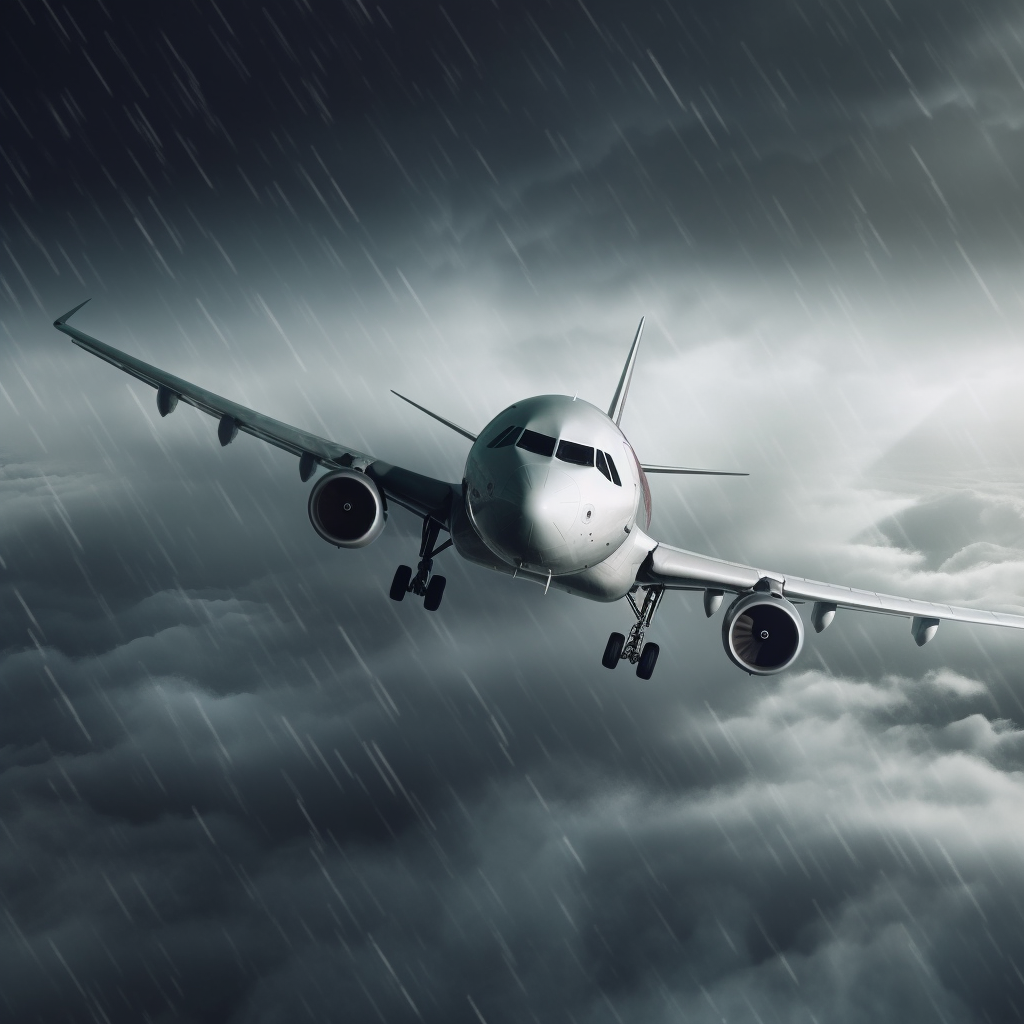May 22, 2024
Climate Change and Flight Turbulence – Singapore Airlines Incident Analysis
Book a Demo
Investigations have commenced into the severe turbulence experienced on a Singapore Airlines flight from London to Singapore. The incident, which occurred approximately 10 hours after departure, saw the aircraft plunge from 37,000 feet to 31,000 feet within a span of five minutes. This intense bout of turbulence resulted in the tragic death of a passenger and forced the plane to divert to Bangkok, Thailand.
This incident brings to light an emerging issue in the aviation industry — the increasing frequency of severe turbulence incidents. A study conducted in 2023 illustrated a stark 50% surge in severe clear-air turbulence over the North Atlantic Ocean between 1979 to 2020. This increase is largely attributable to the effects of climate change on upper atmospheric wind speeds.
Various factors are contributing to this heightened occurrence of airplane turbulence, including clear-air turbulence. These factors include climate change-induced storms, air movement around mountains, and temperature variances across the jet stream. Global warming, in particular, is exacerbating erratic air circulation patterns, thereby leading to more severe turbulence. Additionally, it is fueling more frequent extreme weather events like storms and cyclones, which pose a significant threat to passenger safety.
Climate change is also impacting flight take-offs and landings, particularly at airports with shorter runways. Rising air temperatures have a direct effect on air density. For instance, a 3C rise in air temperature reduces air density and, subsequently, aircraft lift by 1 percent. This reduction poses significant challenges for aircraft, especially during take-off and landing phases.
The Singapore Airlines flight in question, Flight SQ321, was at 37,000 feet when it encountered severe turbulence. A 73-year-old British man tragically lost his life in the incident, which is believed to have been caused by clear-air turbulence.
Looking ahead, there is cause for concern as studies predict that the frequency and severity of turbulence will increase significantly due to climate change. A 2017 study anticipates a substantial rise in severe turbulence worldwide between 2050 and 2080. Consequently, this increase will lead to more violent plane movements and a higher risk of fatalities. As such, it is imperative that the aviation industry continues to invest in safety measures and climate change mitigation strategies to ensure the safety and comfort of passengers.
Science4Data is committed to cut through greenwashing and measure real impact. Join the journey to a sustainable future. Your actions matter.



